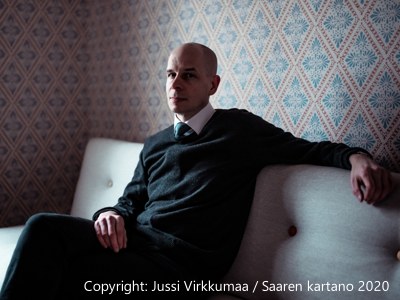Introduktion I (Pno I) – Ritus I (Pno I) – Solitär (Pno. II) – Ritus II (Pno I) – (overlapping) Introduktion II (Pno II) – (overlapping) Ritus III (Pno II) – (overlapping) Somnus (Pno II) – (overlapping) – Ritus IV (Pno I) – Epilog I (Pno I and II) – Somnium (Pno II) – Epilog II (Pno II) – Ritus ultimus (Pno I and II)
Publisher: Schott Music
Duration: ca. 21-23′
FP: 18.Jan.2004, Konzerthaus Berlin, UltraSchall Festival (Andreas Grau/Götz Schumacher)
Radio Broadcast: RBB 15.4.2004
Introduction:
Douze regards sur le rouge et le noir is written with the great, equally brilliant and technicall and aesthetically demanding piano works written by composers like Debussy, Boulez and B.A. Zimmermann in mind.
Those compositions try to amplify, not to say to transcend, the nowadays ambivalent piano – instrument of the 19th century par excellence – by its doubling. The role allocation is rather explicit. While piano I fights ritual, sometimes brute virtuosity in the beginning, this virtuosity grows more and more defibrated. In contrast, piano II mainly adds, with exception to the section ‘Solitär’, more intimate and fragile comments and decently used inside-piano tones. At the same time, this confrontation only is a single aspect out of several structural superimpositions. Actually, the two instrumental layers only interact in one part – Epilogue I. In addition, there is a commenting second level: short ‘parentheses’, which the pausing player is free to play into his counterpart’s soli at defined places. Proportions of length concerning internal sections, pitch, and, to a certain degree, detailed structures of rhythm, obey a rigorous organization of permuting interval and duration constellations.
The dramaturgy of the composition relies on an enduring anticlimax. Rare eruptions appear much more vulnerable in the tenderness and looseness of the final, thinned out passages. All the ‘parentheses’ reappear as patterns forming the last, aleatoric section, which hints to the openness of the apparently closed cycle.
